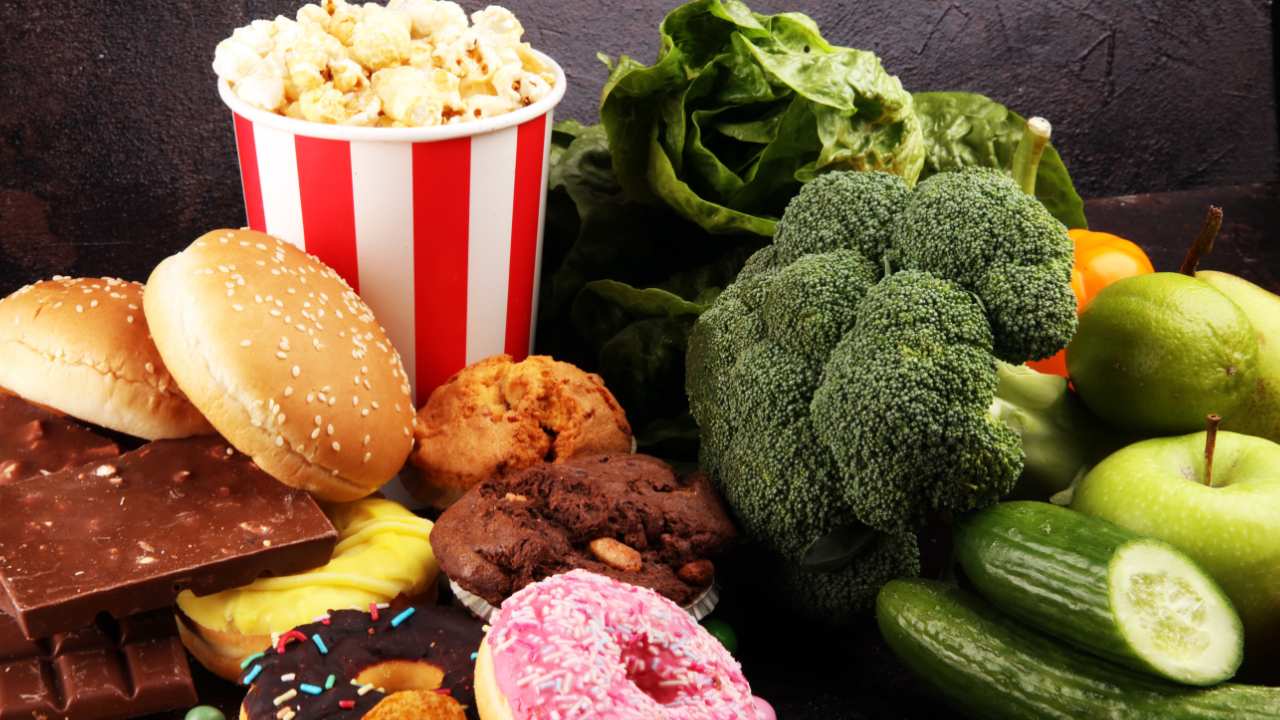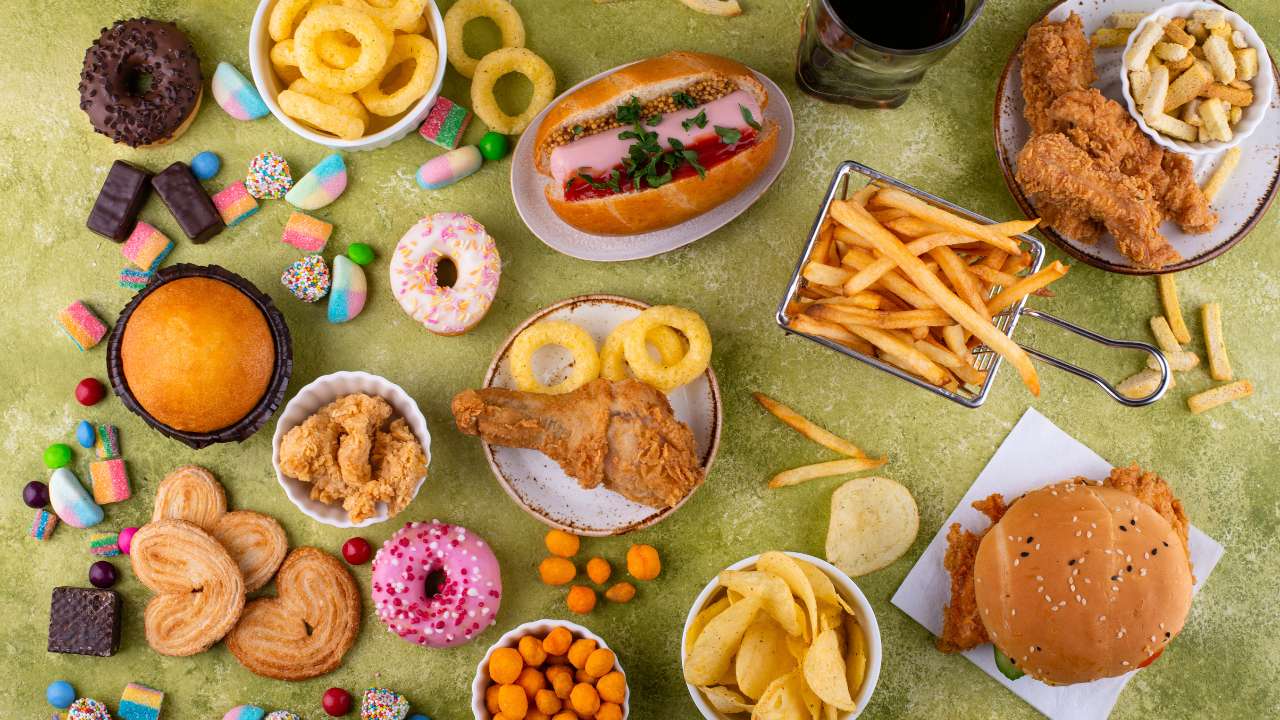Maintaining a balanced diet is essential for a healthy lifestyle. With the abundance of food choices available, distinguishing between healthy and unhealthy options can sometimes be challenging. Printable charts and guides can be a great resource to help individuals, especially parents, educators, and health enthusiasts, make informed food choices. In this article, we will explore the benefits of printable healthy and unhealthy food lists, discuss examples, and provide actionable tips for making better dietary decisions.
Why Printable Food Charts Are Helpful
Printable food charts serve as visual tools that:
- Educate: They help individuals, including children, understand which foods are beneficial and which should be consumed sparingly.
- Simplify Planning: Meal planning becomes easier when you can reference a clear list of healthy and unhealthy foods.
- Motivate: Seeing a well-organized chart can inspire better eating habits.
- Accessible: Printable guides are easy to carry, pin on your fridge, or use in classrooms.

Also Read
Examples of Healthy Foods
Healthy foods are nutrient-dense and provide essential vitamins, minerals, and other nutrients that the body needs. Here are examples of such foods:
Fruits and Vegetables
- Apples, oranges, bananas
- Spinach, kale, carrots
- Broccoli, cauliflower, bell peppers
Whole Grains
- Brown rice, quinoa, oats
- Whole-grain bread and pasta
Lean Proteins
- Chicken breast, turkey
- Fish like salmon and tuna
- Lentils, beans, tofu
Healthy Fats
- Avocado, nuts, seeds
- Olive oil, flaxseed oil
Dairy (Low-fat options)
- Milk, yogurt, cheese
Examples of Unhealthy Foods
Unhealthy foods are typically high in sugars, unhealthy fats, and empty calories. Consuming them in excess can lead to health problems like obesity, diabetes, and heart disease. Some common examples include:
Sugary Foods
- Candy, chocolate bars, pastries
- Sugary cereals, donuts
Processed and Fast Foods
- Burgers, fries, pizza
- Packaged snacks like chips
Beverages
- Soda, energy drinks, sugary fruit juices
Refined Grains
- White bread, white rice, pasta made from refined flour
Fried and Fatty Foods
- Deep-fried items like fried chicken and onion rings
How to Use Printable Healthy and Unhealthy Food Charts
- Educational Tools: Teachers can use charts in classrooms to educate students about nutrition.
- Meal Planning: Families can use them to design balanced weekly meal plans.
- Health Goals: Individuals aiming to lose weight or improve health can use these charts to track and manage their eating habits.
- Shopping Assistance: Take the list to the grocery store to avoid unhealthy purchases.
Tips for Creating and Using Your Printable Chart
- Categorize Foods: Separate items into “Healthy” and “Unhealthy” columns.
- Use Colors: Green for healthy foods, red for unhealthy ones.
- Add Images: Visual cues like pictures of fruits, vegetables, and junk foods can make the chart engaging.
- Keep It Simple: Avoid overloading the chart with information; keep it concise and clear.
- Update Regularly: Modify your chart based on seasonal foods or personal preferences.
Conclusion
Making healthy food choices doesn’t have to be complicated. Printable healthy and unhealthy food charts are an excellent way to stay on track and educate others. Whether you’re a parent teaching your children about nutrition or an individual trying to make better food choices, these charts can be your ally in leading a healthier lifestyle. Start today by creating your chart or downloading a ready-made version online to take control of your diet and well-being.
FAQ
Q: What are the benefits of using a printable food chart? A: Printable food charts simplify meal planning, provide educational value, and help individuals stay consistent with their healthy eating goals.
Q: Can I customize my printable chart? A: Absolutely! You can tailor your chart to include your favorite foods or focus on specific dietary goals.
Q: Where can I find printable healthy and unhealthy food charts? A: Many websites offer free or affordable downloadable charts. You can also create your own using tools like Canva or Microsoft Word.





